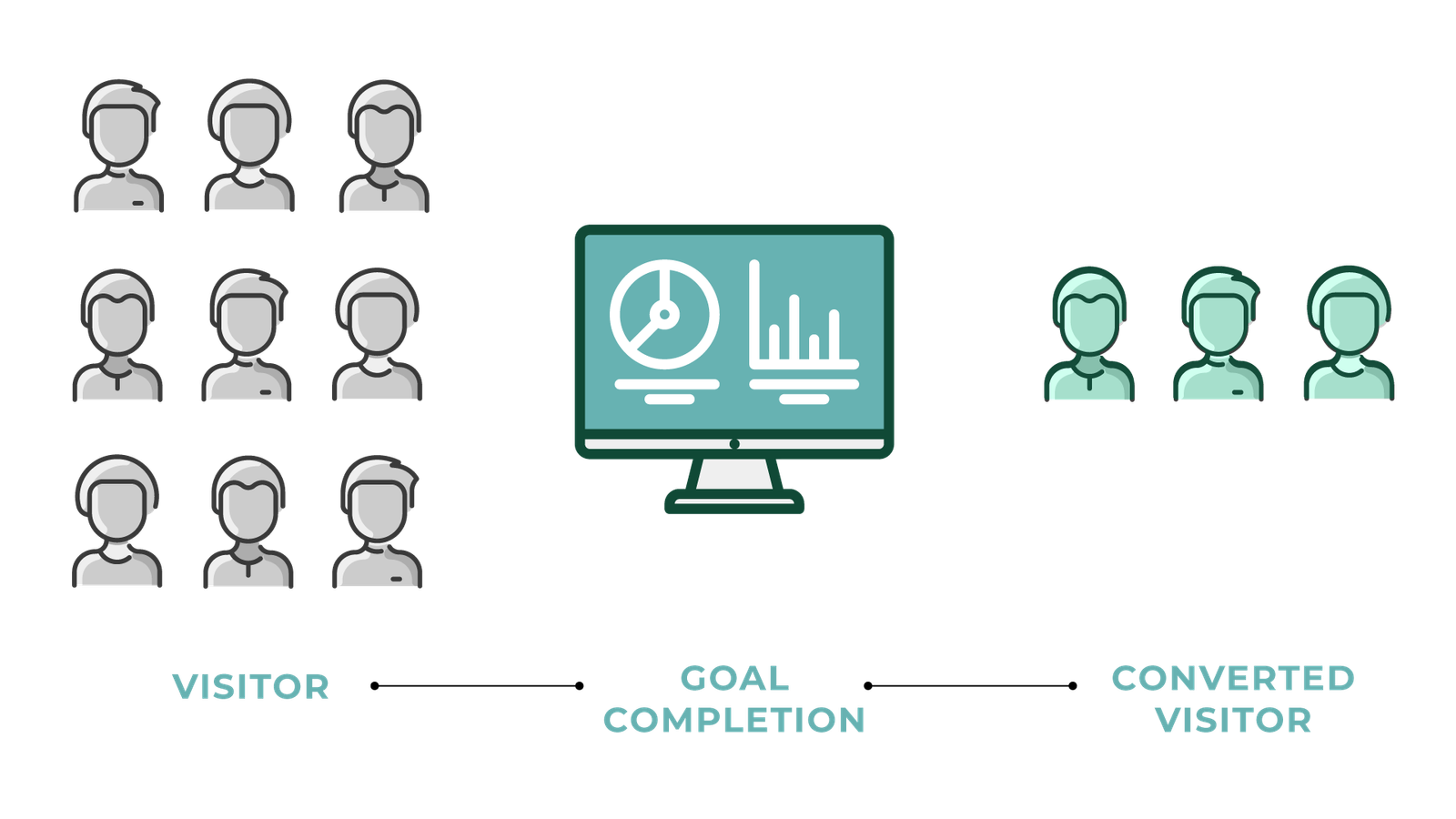How We Helped a Client Increase Conversions on their Website: A Case Study
Last week, an ophthalmology/ENT specialist reached out to us concerning his website. According to him, his company had previously worked with a local digital marketing company without any results to show for it, and he wanted to know what we can do differently.
As always, we asked for his website URL and analytics access, as well as the last report from the previous agency. Let’s walk through together some of the things we discovered as it concerns their traffic and campaigns. The first thing we noticed was that their website’s URL was adequately set up in the Google Analytics property settings. We proceeded to their site designed by the previous agency.
It looked great and had a “Call Now” call-to-action. However, in my opinion, this is not suitable for desktops. Another thing that caught my attention was testimonials from patients which we were not sure was allowed. The website developer must have used a template that had testimonials but didn’t think it through. Digital marketers should always ask the question – is this applicable to this business?

They even had an RSS feed. Why would a health specialist’s website need one? A quick look at the “contact us” page revealed that no building address was listed. Visitors to the site needed to click on a map icon to navigate to the addresses. Pretty weird, right? There were also issues of missing images, showing that the website was not ready to receive traffic that would lead to conversions.
We then decided to study the website’s analytics. We saw that they were using the Yoast SEO plugin and tracking traffic with the Analytics ID. However, the tracking ID on the site did not correlate with the Google Analytics ID. As a result, all the data was tracking nothing. We decided to see if the analytics were properly activated and discovered that only one view exists.
One variable we consider is, were the analytics goals well captured by the previous agency? They had created a goal to track activities on the “contact us” page. However, goals for other call-to-action buttons such as “Book an appointment” were missing. These goals are important because they can be useful for remarketing. We then proceeded to study the report from the previous agency. They spent a total of $515 and were only able to record 11.4k impressions, 303 clicks, and 16 conversions. We considered this an abysmal campaign with only a 2.6% click-through rate.
Based on the keyword performance, it was evident that the targeted cities were far away from where the practice is located. For example, the campaign targeted Albany, New York, but the company is located in Greenbelt, Maryland. That’s 355 miles apart! Continually, one of their keywords “Sleep apnea” was too broad. Anyone could be simply researching the symptoms or checking the meaning. Their ads were shown to too many people who were not actually looking for a specialist and therefore would not lead to high conversion rates.

Our submission was they 1) needed to fix the issues on their website, 2) correctly set up the analytics and goals, and 3) create a landing page to receive traffic. We do not run campaigns without landing pages because they have proved to be ineffective. For example, say you direct two buyers who need a hammer to a landing page with so many products vs. a landing page with different hammers. Which do you think is more likely to convert? Then, if they do decide to buy the hammer, we can suggest nails or other related products.
That’s how we help our clients increase conversions on their websites. We also do upsell, and that’s the impressive advantage of using our services.
